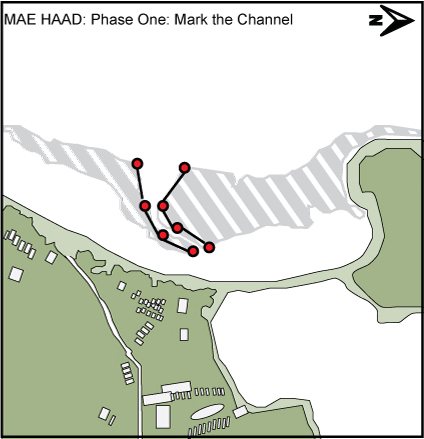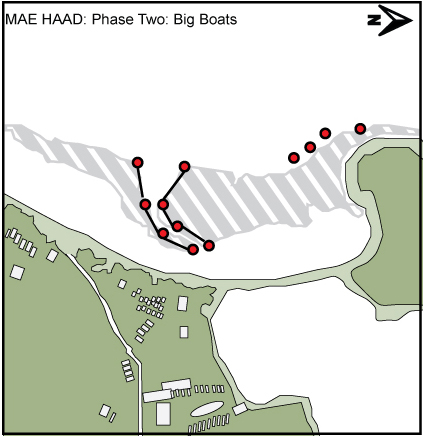Good day kind reader,
It’s been a while since we managed to write anything sensible about things happening on Koh Phangan (we’ve been kind of busy), so thank you for taking the time out of your schedule to take a look at a small project that we’re planning for 2015.
You wouldn’t be reading this if you didn’t already know that coral reefs are not exactly in great shape at the moment. In fact, a disconcerting 75% of the world’s reef are considered threatened. The broad consensus is that Climate Change, Overfishing and Eutrophication are the main culprits, but on a local scale, different factors can contribute significantly to these problems.
Meet Mae Haad:
“In addition to providing excellent snorkeling, Mae Haad with its abundant and varied marine life and shallow coral reefs is the perfect place to learn diving or just brush up your rusty skills. The length of Mae Haad’s coast line is fronted by a shallow coral shelf which can vary between 50 and 100 meter wide and is divided in the center by a narrow channel cut from the coral to allow boats, divers and snorkelers out into deeper waters without disturbing the reef . Once over the reef in deeper water, coral formations dot the length of the bay, almost like a bread crumb trail to Koh Mah.”
(http://www.chaloklumbayphangan.com/mae-haad/)
This must be from a while ago, because now Mae Haad sports about 15-35% live coral, which tends to cluster in a 5-8m strip of the outward reef.
So what happened? In addition to the aforementioned problems, Mae Haad attracts hundreds of snorkelers daily during the high season. Unfortunately, they tend to bring feet and anchors , and only few tend to bring swimming skills or at least some common sense.
A lot of snorkelers overestimate their swimming abilities, which slowly leads to the creation of a new coral species: the flat-top coral.
At the same time, boat operators drop their anchors in the reef, which causes considerable damage to it’s inhabitants. The reasons for this behavior are plenty, and probably warrant their own article.
So what can be done?
One approach would be education.
Which is great, and we already have had great success with the boat operators that we can reach. But there’s quite a few that we can’t, and it’s quite frankly impossible to reach every snorkeler that is going to Mae Haad (languages, channels of booking etc. pp.).
So we propose, together with our partners from the DMCR and local dive schools, to simply re-install the buoys system that was already there, but was unfortunately destroyed by a freak storm in 2011.
Mk I was tied to the live coral, which proved to be rather ineffective, but was rather cheap.
Mk II will use sand screws (helix anchors), which promise higher efficiency and durability.
We are currently testing a cheap, locally made anchor (thank you Gavin Evans, and Hinch from the Holy Grill, Chaloklum), and we hope to use it soon in Phase One:
Phase one: Marking the Channel
Phase one allows us to test the method, without wasting too much money.
It should help tourists and captains to find the safe area to enter/ exit the reef.
This will create some further issues, but we rely on people’s common sense. For everyone else, we’ll have flags on long poles, saying ‘Please! Don’t drive over me’.
Phase two: Big Boats
Placing buoys in the north-western corner of Koh Ma should alleviate the need of charter- and booze cruises to drop anchors.
Phase Three: Connecting the Dots
The final step: to connect all buoys and create a “fence” to guard reef and snorkelers, while supplying a stable platform for long tail boats to moor.
We need a tad of help:
Surprisingly, small NGO’s do not get filthy rich from their normal work, we need some extra cash (sorry).
So, why not buy one of our new T –Shirts or hoodies? They’re for two good causes:
- They make you look really good
- The profits go to this project.
Click this link to get yours: www.coresea.com/join-us
Are you a dive professional and you would like to help installing? Please talk to your dive school’s boss. We’ll need you.
Thank you
Link to official proposal: yes, soon.
Header Image: Modified after Helen Dittrich, https://www.flickr.com/photos/helzway/3142641984/






